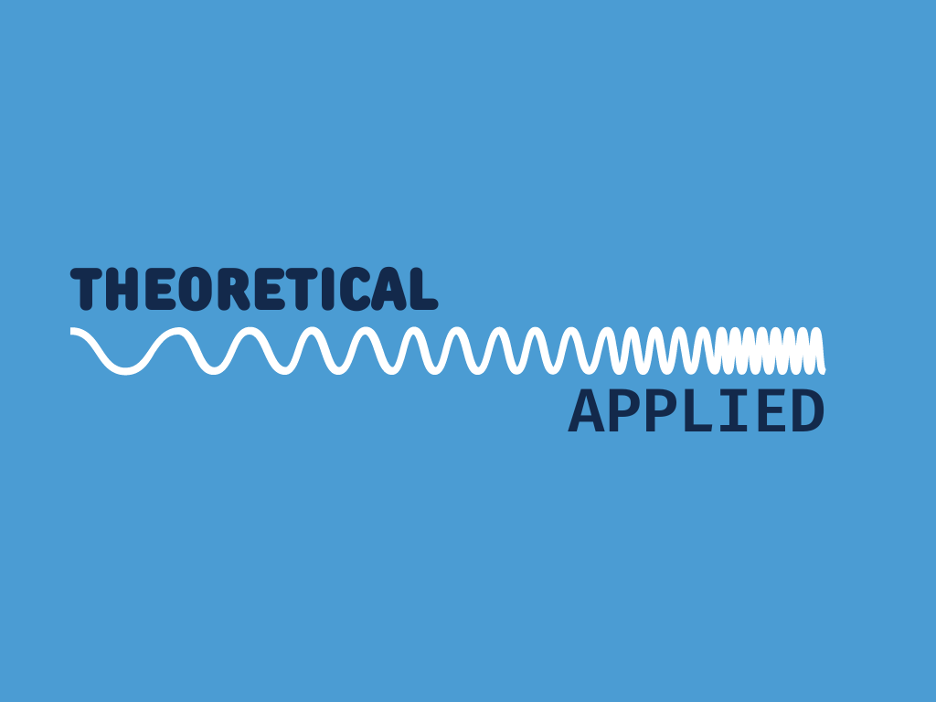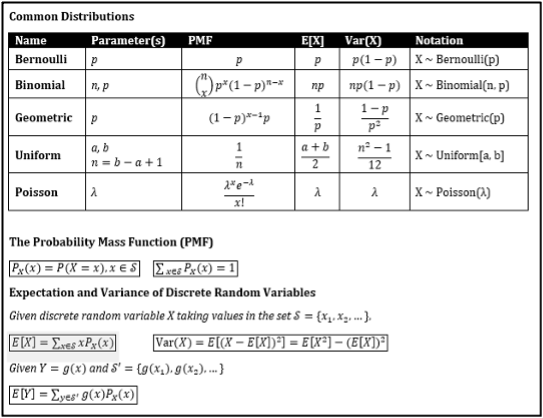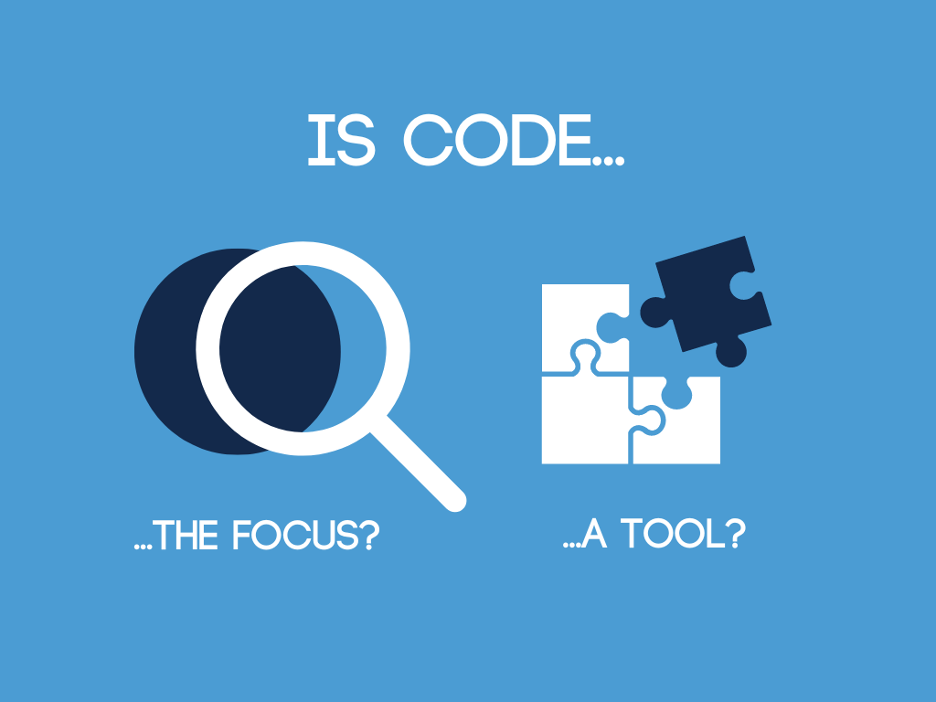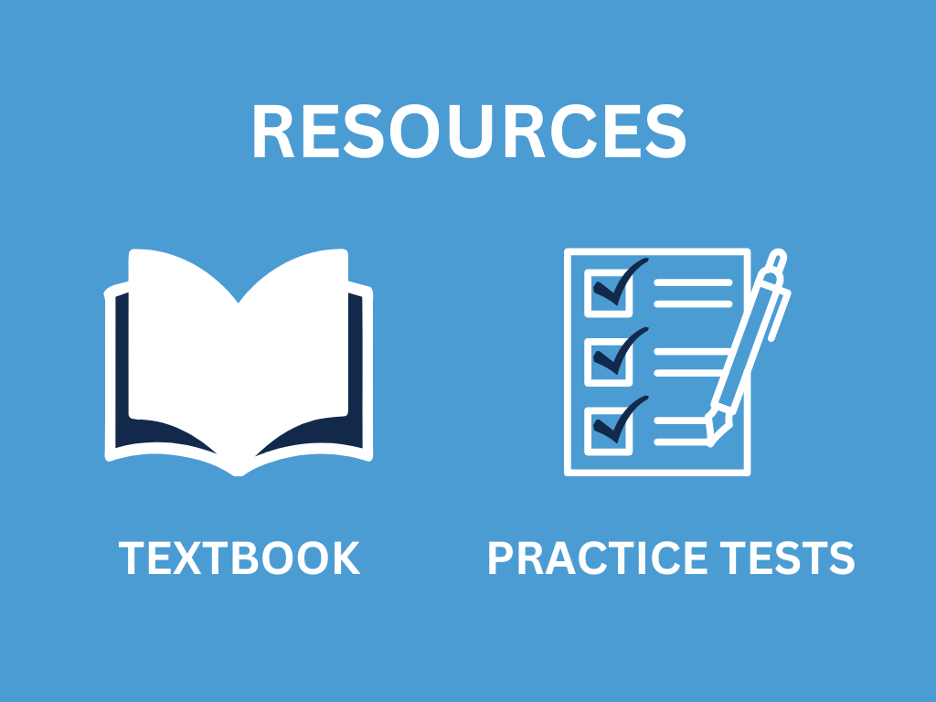Studying for Stats
By Zach, a Peer Tutor
The Statistics and Analytics major at UNC is far from “one size fits all”: the breadth and depth of the courses (from the theoretical, proof-based mathematics courses to the hands-on, business-oriented operations research courses) make it a fantastic area of study, at least in my experience. But this breadth and depth also comes with the challenge of finding effective study methods to maximize my success in each new course.
After having completed the majority of the core curriculum for the major, I’ve noticed four key questions that I ask myself before starting each course that help me establish effective study methods. Here, I’m going to discuss how I think about those four questions when starting a new STOR class and share some of my own experiences with developing tricks and methods that have helped in my own studying.
1. Is this more of a theoretical course, an applied course, or a mix of the two?

The STAN major includes a wide variety of courses. Some are very theoretical–i.e., pure mathematics, proofs, probability theory, etc. (STOR 435, MATH 381); some are very applied – i.e., business-oriented, data analysis, operations modeling, etc. (STOR 455); and some are in-between (STOR 445, STOR 415). Since the nature of the course largely depends on the professor teaching it, I find it helpful to figure out where a course falls along that spectrum early on so that I can adapt my study methods ASAP.
In a more theoretical course, my studying consisted mostly of closely reading the textbook, following and reworking class examples (especially proofs), and using practice exams, when available, to gauge my knowledge close to an exam. These methods primarily help me to understand the theory itself and how it is derived, but also how to apply the theory (TIP: if I need more practice problems, I might take a class example and change some of the numbers to create a new problem).
In more applied courses, my studying consists mostly of reviewing class code, making a document with useful functions and how those functions are used/what questions those functions answer*, and reworking homework and quiz problems (TIP: If homework/quizzes are done in code files, I will re-download the blank files and rework the problems for practice).
*Asking what questions a function answers helps me view the material in a more “meta” way, i.e., I start to see how things connect and how problems can be approached from many different angles.

Here’s a sample of a formula sheet I typed up from my handwritten notes for STOR 435. I used this to prepare for the final exam. Condensing my notes and organizing really helped me think through the material.
2. What role does code/computer programming play in the course?

Some courses rely heavily on computer programming while others don’t. And furthermore, code can play different roles in a course.
For example, my STOR 455 course (Methods of Data Analysis) consisted entirely of code, and my professor used the code as the primary way of conveying ideas, with lectures being essentially code demonstrations.
In contrast, my STOR 445 (Stochastic Modeling) and STOR 415 (Optimization) courses used code as a supplementary tool for completing complex calculations after nailing down the theoretical basis of a topic. In fact, sometimes code would be used on homework assignments, but then not used on examinations.
Knowing what role code plays in a course helps me prioritize and shape my studying. Studying for code-heavy courses requires significant effort in understanding what the code is doing and how to write effective code, whereas studying for code-light courses requires significant focus on developing statistical models on paper, then making sure I can use code to calculate statistics or other information from those models (TIP: Even if a course involves plugging numbers into functions, I find it incredibly helpful to look at what the functions are actually doing and to follow the steps they are taking to calculate statistics).

Here’s an Excel sheet I set up for STOR 155 that helped me think through all the calculations involved in computing Pearson’s correlation coefficient.
3. What resources are going to help me most while studying?

Finding helpful resources earlier rather than later usually gives me a significant advantage, especially if I later find my study habits ineffective, since I then have more time to adapt.
My go-to study method in any class is practice tests, and I like to have access to multiple versions so I can use them as “understanding checks” during the course of my studying, especially before exams. So I find it helpful to either see if my professor has past exams he or she is willing to publish, or check online (TIP: Simply Googling helps me find past exams, e.g., “STOR 435 unc exam” led me to three different ones, with solutions).
Additionally, textbooks often come in handy in STOR or MATH classes because they come with applied examples of topics in real-world scenarios, even if the class is on the theoretical side. Working through these problems completely and then going back and looking at the authors’ reasoning helps me see where my understanding is strong and where I need to develop my skill. Though difficult, I reap the most benefit from this exercise when I refrain from looking at the solution until I have finished the problem, or at least attempted it thoroughly.
4. What prerequisites does this course have and will my study habits from those courses help me in this one?

The STAN major has a very well-designed “flow” to it, i.e., there is a fairly clear progression through the major, with each new class building on previous ones. Therefore, I find it helpful to carry over study methods from previous courses into new ones, instead of trying to start from scratch (TIP: I’m a handwritten notes person, so sometimes I will reuse a notebook in a related class if I didn’t fill it up the previous semester, that way I can easily refer back to earlier relevant material).
A clear example of this from my course of study was in my progression from MATH 347 (Linear Algebra) to STOR 415 (Optimization). The latter involved applications of matrix mathematics, so many of the study techniques that I used to understand those sorts of calculations in Linear Algebra were of great use in Optimization. For example, matrix calculations can become complex when you view them through an abstract lens. Therefore, I find it helpful to apply real-world, concrete meaning to the numbers, then to observe what sorts of information my calculations are telling me.
Also, taking problems step by step in a programming language with matrix calculator functionality (e.g., MATLAB, Mathematica) helped simplify steps in Linear Algebra, so I reused this technique in Optimization.
Conclusion
To reiterate, the STAN major is far from a “one size fits all” sort of major. And consequently, neither is the approach to studying for it. I’ve presented some of the questions I ask myself before starting a new course, but I encourage the reader in the STAN major or anyone considering the STAN major to develop their own questions that might guide their studying in the right direction.
Establishing good study methods early will prevent unnecessary “catching up” later in the semester and will set you on path to success. Good luck with your studying!

